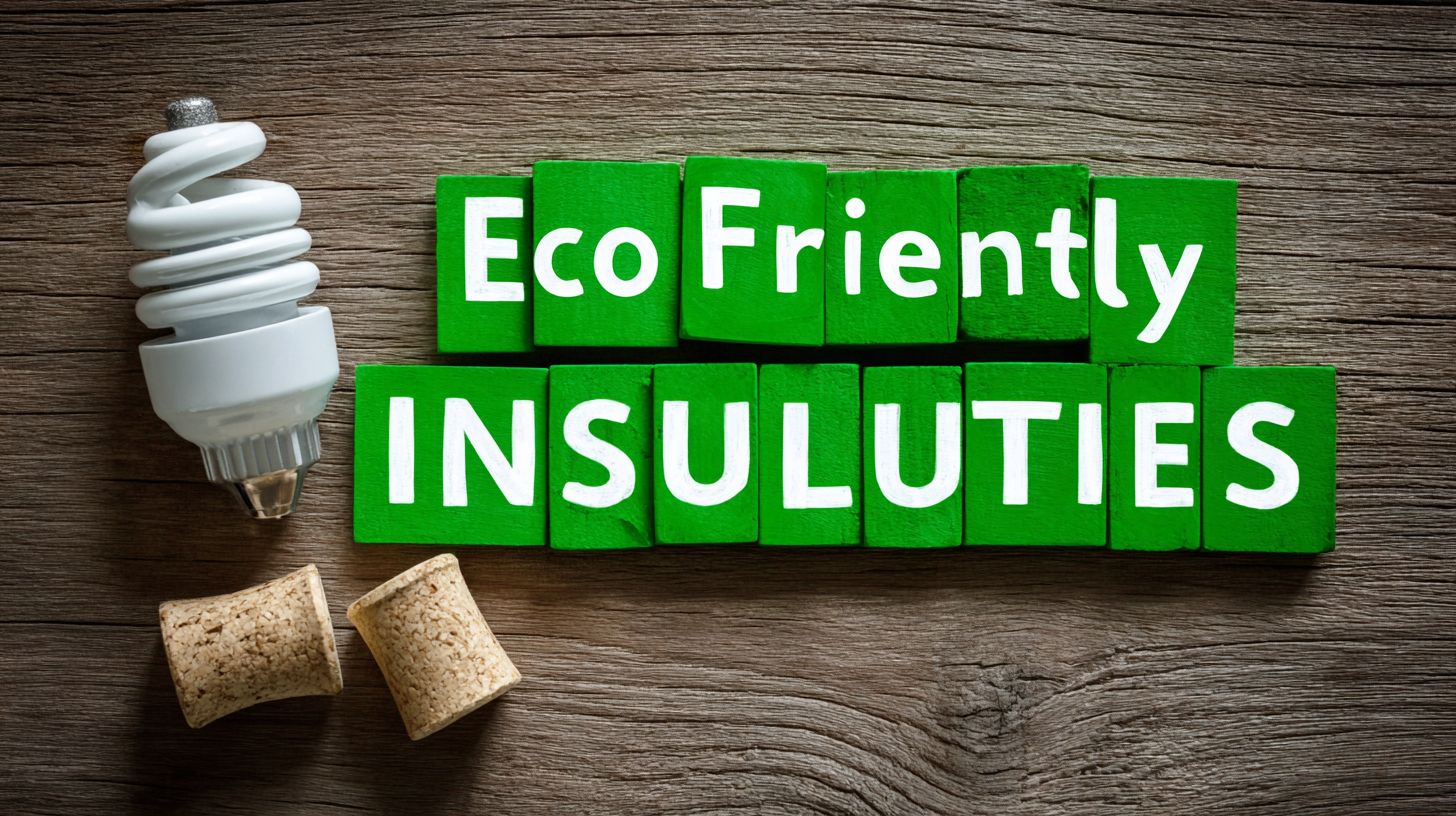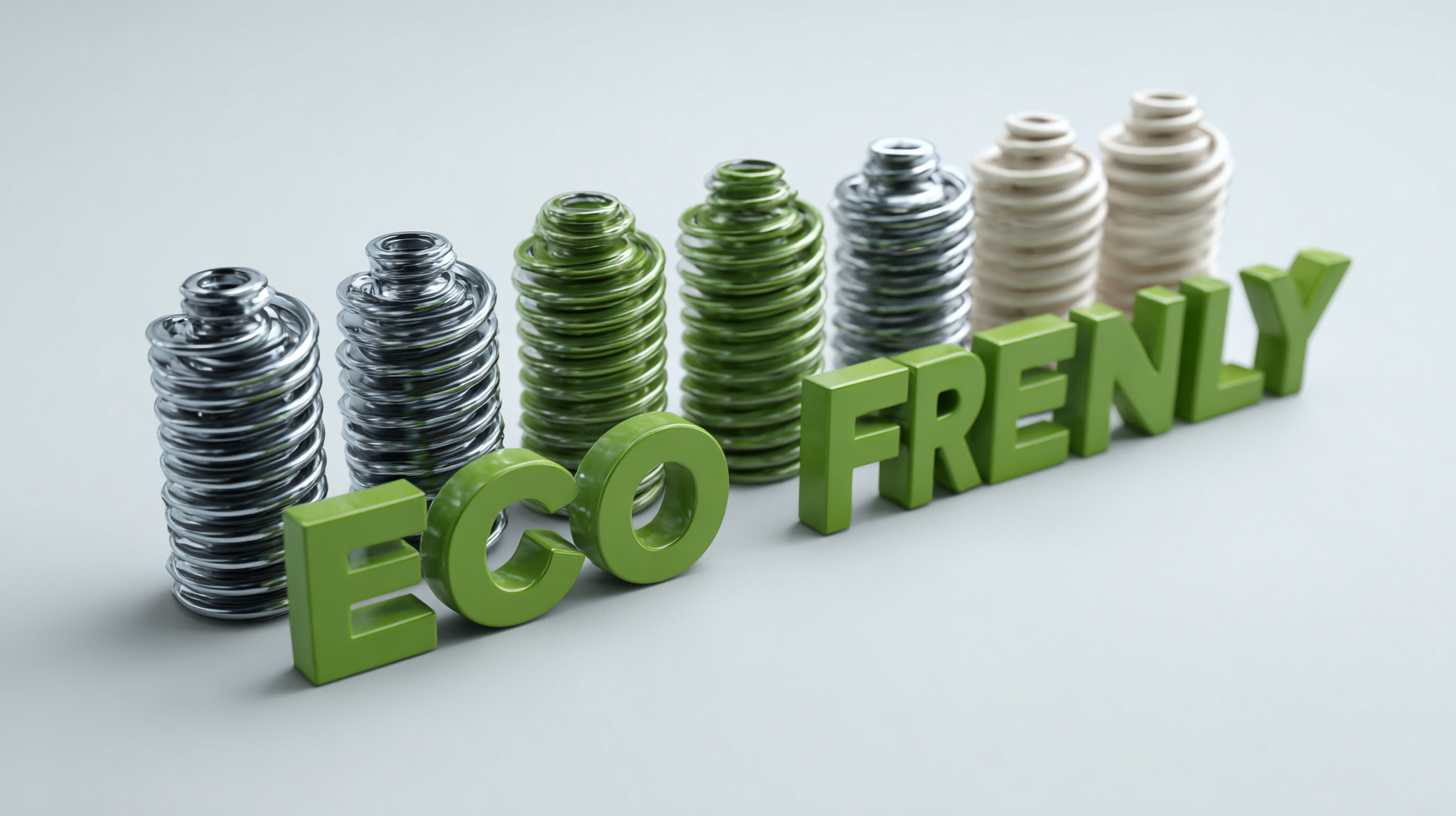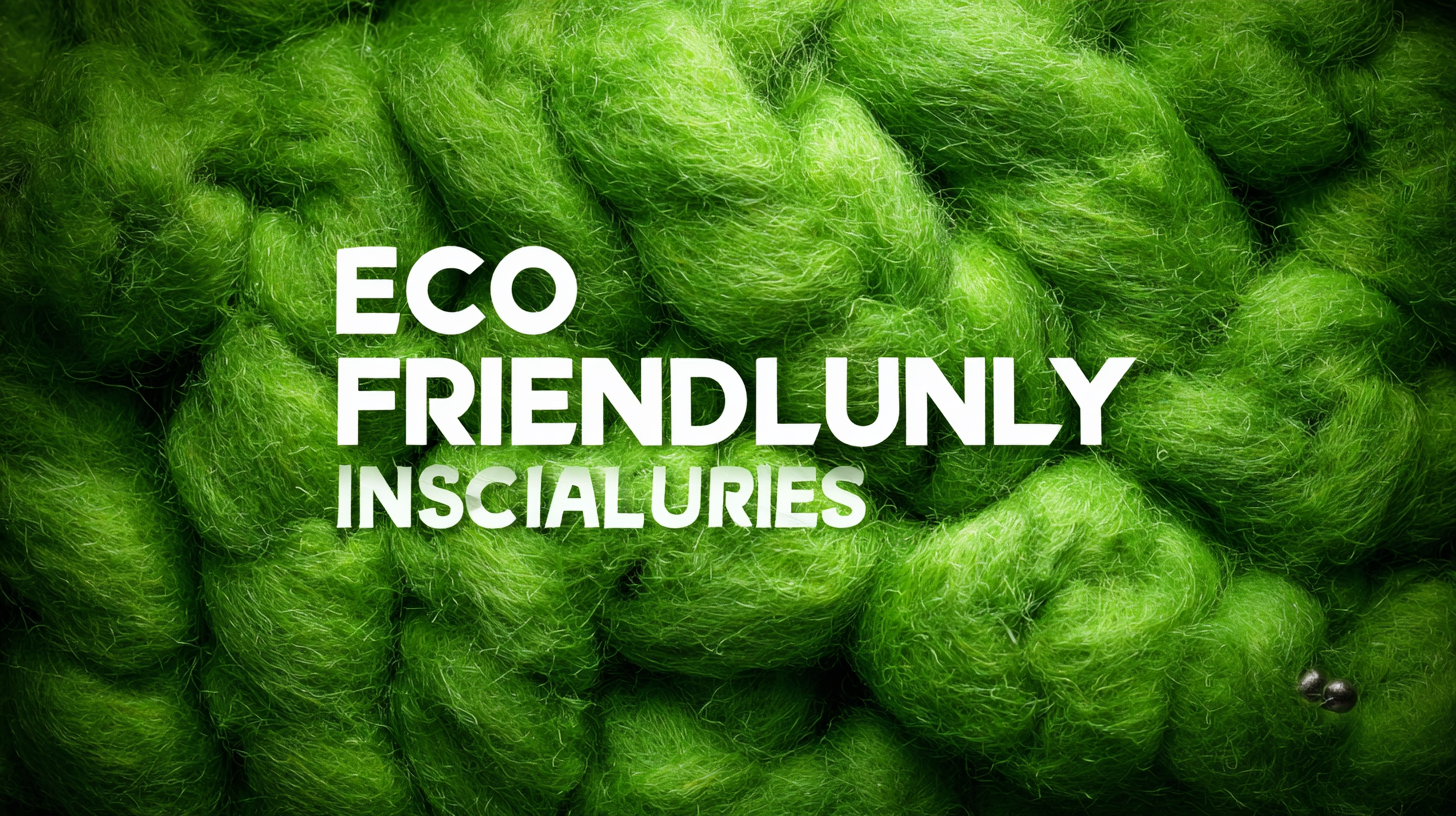Leave Your Message
As global awareness of environmental sustainability continues to grow, the demand for eco friendly insulators in the construction and manufacturing sectors has surged. According to a report by MarketsandMarkets, the global market for sustainable insulation materials is projected to reach $41.9 billion by 2027, growing at a CAGR of 7.2% from 2022. This increasing interest is fueled by regulatory pressures, rising energy costs, and the urgent need to reduce carbon footprints. However, sourcing high-quality eco friendly insulators presents unique challenges for global buyers, including issues related to supply chain transparency, material certifications, and varying international standards. Understanding these complexities is crucial for companies aiming to make informed procurement decisions while contributing positively to the environment. This blog will explore the challenges in sourcing eco friendly insulators and propose viable solutions to navigate this intricate landscape.

In recent years, the significance of eco-friendly insulators has gained substantial traction in the realm of sustainable sourcing. As industries worldwide pivot towards greener practices, the demand for materials that minimize environmental impact is more critical than ever. Eco-friendly insulators, made from sustainable or recycled materials, not only contribute to energy efficiency but also reduce carbon footprints, making them an essential consideration for global buyers looking to enhance their sustainability profiles.
Understanding the importance of these insulators goes beyond just environmental benefits; it also encompasses economic advantages. By opting for eco-friendly options, companies can often achieve long-term cost savings through improved energy efficiency and reduced waste. Furthermore, consumers are increasingly favoring brands that prioritize sustainability, thus creating a market incentive for businesses to adopt environmentally friendly materials. As global buyers navigate sourcing challenges, recognizing the value of eco-friendly insulators will be pivotal in not only securing a competitive edge but also committing to a greener future.
Navigating the landscape of eco-friendly insulators presents unique challenges for global buyers aiming to make sustainable choices. One of the primary hurdles is the inconsistent availability of quality products across different regions. While demand for environmentally friendly materials rises, not all suppliers have the necessary certifications or sustainable practices in place. This inconsistency makes it difficult for buyers to ensure that the insulators they select truly meet their environmental standards and performance expectations.
Additionally, buyers often face a lack of transparency in the sourcing process. Many manufacturers claim to offer eco-friendly options, but without proper documentation or third-party verification, it becomes challenging for buyers to assess whether these products are genuinely sustainable. Misinformation and greenwashing can lead to purchasing decisions that do not align with sustainability goals, resulting in wasted resources and missed opportunities for impact.
Therefore, global buyers must conduct thorough research and build strong relationships with trusted suppliers to identify reliable eco-friendly insulators that fulfill both performance and environmental criteria.
When sourcing eco-friendly insulators, global buyers must navigate a complex landscape of suppliers. Understanding the criteria for effective evaluation is essential for making informed decisions. First and foremost, buyers should examine the materials used in the insulators. Look for products that are made from renewable resources or recycled materials, as these options not only minimize environmental impact but also promote sustainability.
Moreover, it’s important to assess the supplier's certifications and compliance with environmental standards. Check for certifications from recognized organizations that validate their commitment to eco-friendly practices. This information not only provides reassurance about the product quality but also reflects the supplier's overall ethos and dedication to sustainability. Lastly, engaging with suppliers directly through discussions about their manufacturing processes can offer valuable insights into their operational practices, helping buyers identify partners who align with their commitment to environmental responsibility.

Navigating the landscape of eco-friendly insulation materials requires a thorough understanding of the various regulations and certifications that govern their use. As sustainability becomes a priority in building practices around the globe, buyers must familiarize themselves with standards set by local and international bodies. For instance, the recent emphasis on Responsible Products programs aims to reward the adoption of materials that exhibit lower environmental impact and enhanced transparency. This focus not only aligns with global climate goals but also influences procurement strategies for insulation materials.
Moreover, advancements in sustainable building materials are transforming how insulation is perceived and utilized. Recent assessments indicate that technologies improving the performance of these materials are emerging rapidly, with innovations resulting in insulation products that provide superior thermal efficiency while minimizing carbon footprints. Understanding these technological advancements is essential for buyers, as they can greatly affect compliance with evolving regulations. For example, new certifications are increasingly focusing on life-cycle assessments that evaluate a product's environmental impact from manufacturing to disposal, thereby enhancing the overall value proposition of eco-friendly insulation solutions in the marketplace.
| Aspect | Details |
|---|---|
| Sourcing Challenges | Limited supplier options and high production costs. |
| Regulatory Compliance | Navigating local and international regulations can be complex. |
| Certification Requirements | Understanding and obtaining proper environmental certifications. |
| Material Choices | Choosing the right eco-friendly materials for durability and efficiency. |
| Market Demand | Increasing consumer preference for sustainable products. |
| Cost vs. Sustainability | Balancing initial costs with long-term sustainability benefits. |
| Innovation | Staying updated with innovative solutions and technologies in insulation. |
When sourcing eco-friendly insulators, global buyers face the challenge of balancing cost and sustainability. One effective strategy is to establish long-term partnerships with suppliers committed to environmental practices. These relationships can lead to better pricing models, as the suppliers may be more willing to negotiate favorable terms with buyers who prioritize sustainability. Additionally, such collaborations can foster innovation, as suppliers may invest in developing new materials and technologies that meet eco-friendly standards at a competitive price.

Another approach involves conducting a thorough cost-benefit analysis that accounts for both the short-term expenses and long-term savings of eco-friendly insulation. While the initial investment may be higher, the enhanced energy efficiency provided by these insulators can lead to significant reductions in energy costs over time. It is also essential for buyers to evaluate the lifecycle impacts of insulators, including their manufacturing processes and end-of-life recyclability. Emphasizing these factors can help in making informed decisions that fulfill both budgetary constraints and sustainability goals, ultimately contributing to a greener economy.
